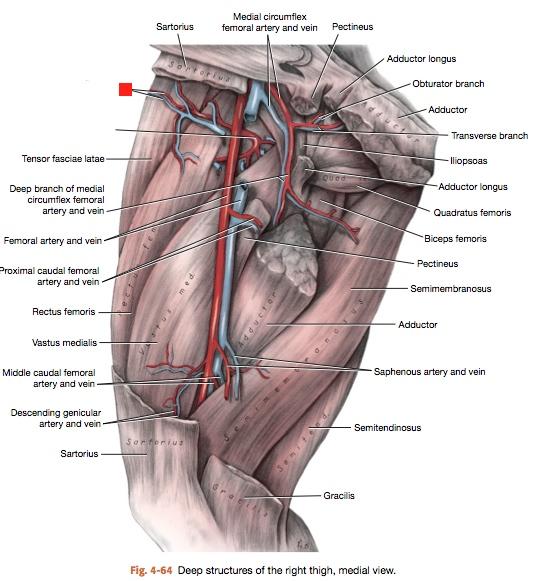The answer to this question may not seem important now, but at some point most pet parents will need to know their pet’s vitals to be able to monitor their health and know when they need treatment.
Today, Carol from Fidose of Reality and I, are going to share with you some important information about your pet’s vitals so that you can protect your pet’s health, should concerns arise.
Temperature
For both dogs and cats, a normal temperature is between 100 and 102.5 degrees Fahrenheit. (VetStreet)
The most common way that a dog or cat’s temperature is measured by veterinary professionals is using a digital rectal thermometer. Unless it is recommended by a veterinarian, you shouldn’t need to take your dog or cat’s temperature at home. However, if you are instructed to do so by your veterinarian, you can find more information on how to measure your dog’s temperature at home in this VetStreet article.
If you take your pet’s temparture and it is outside of the normal range and you see evidence of diarrhea or bloody stool, contact your veterinarian immediately.
Heart Rate
Heart rate varies significantly from one pet to the other. According to VetStreet, a dog or cat’s heart rate can vary anywhere from 60 to 140 beats per minute. A faster heart rate will often be found in a small dog, a puppy, or a dog who is not in very good shape. Because I check on Rooney’s heart rate, I know that his tends to be a bit on the faster side.
How to check your dog’s heart rate?
You can check your dog’s heart rate in two ways.
You can feel your pet’s heart rate by gently placing your hands on their chest, or you can feel their heart rate through their femoral artery located in their thigh (see photo).
Respiratory Rate
Respiratory rate is a really important measurement for a pet parent to know. It’s a clear indicator of your dog’s discomfort and can help you determine an emergency if you dog is at risk for overheating.
If your dog is panting frantically and is glassy-eyed, don’t count anything except the minutes it will take you to get to a veterinarian. Your dog is in critical condition from overheating. – VetStreet
A dog who is at rest should breath somewhere between 10 and 35 breaths per minute. If your dog is panting and the symptoms are combined with the description above, you may be in an emergency situation.
Vitals Monitored by Your Vet
While the top 3 vitals are the most important for you to know as a pet parent, I want to share with you some other important information that is typically monitored at the veterinary hospital. The chart above is an example of how your pet’s vitals might be tracked if they are being hospitalized. To provide some additional transparency for pet parents, let me discuss what a few of these items mean.
Attitude
BAR stands for Bright, Alert and Responsive. This means that your pet entered the hospital looking like they feel okay; tail-wagging, normal energy, and behavior. Another descriptor that could be used here is NDR, which stands for Not Doing Right. This description might be used to describe a pet who seems lethargic, unresponsive, and sick. (PetMD)
MM = Mucous Membranes
Specifically, veterinarians and their technicians are looking at the color of your pet’s mucous membranes. If you want to check your pet’s mucous membranes, all you need to do is gently lift their lip and check their gums. You want to see bright and pink mucous membranes (i.e. gum tissue).
What you don’t want to see are membranes that are grey, white, purple, or tacky.
CRT
While checking your pet’s mucous membranes, your veterinarian or veterinary technician will also check your pet’s CRT, which stands for Capillary Refill Time. The best way I can explain how to measure your pet’s CRT is to gently press on their gums and see how long it takes the color to return (like checking a sunburn). If it takes 2 seconds or less to refill, your pet is within the normal range. However, if it take more than 2 seconds, then it is considered an abnormal CRT which might be indicative of dehydration, lack of blood flow, or lack of oxygen.
Other Metrics
While your pet is in the hospital, it is really important that someone is keeping track of their walks, water and food intake, and urination and defecation. Not only does this type of documentation make sure that every pet in the hospital gets the appropriate care no matter how busy things get, but it also provides your veterinarian with some additional insights regarding your pet’s health.
Knowing When You Can Monitor & When It’s an Emergency
Emergencies happen. As a pet parent, I am a fan of the phrase, “when in doubt, call your veterinarian”. You know your pet best and if you feel like their behavior, disposition, or overall health has changed (i.e. vomiting, diarhhea, increased or decreased urination, water intake, food intake, or defecation), call your veterinarian or emergency veterinarian.
However, at some point in your pet’s life you might need to monitor their vitals and their overall health. You should always do so with the guidance and direction of your veterinarian. That being said, I believe that knowledge is power. Knowing what the parameters of your pet’s health should be will make you that much more informed as a pet parent.
For more important information, and to read Carol’s Mom perspective on this topic, please visit Fidose of Reality.





